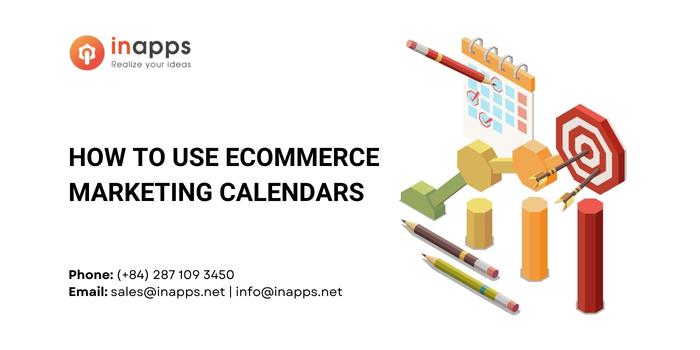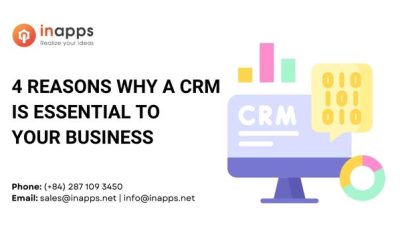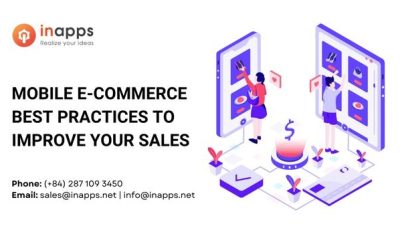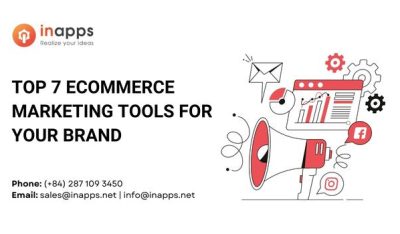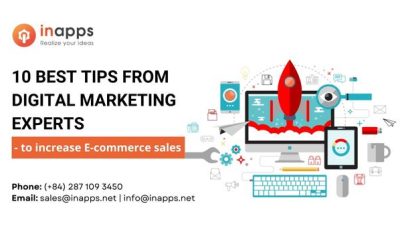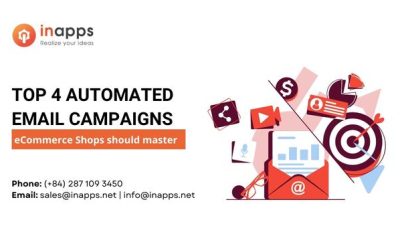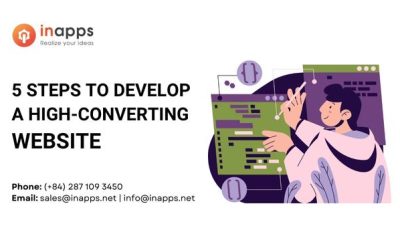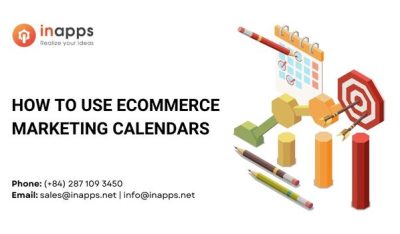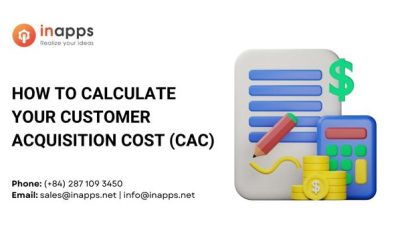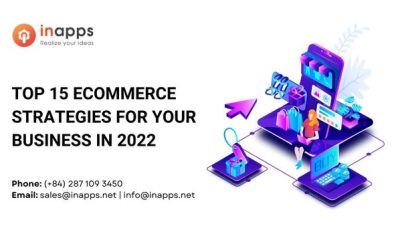- Home
- >
- Ecommerce Marketing
- >
- How to use eCommerce Marketing calendars to boost Email Marketing
How to Use eCommerce Marketing Calendars to Boost Email Marketing is an article sent to you by the InApps editorial team. Hope readers will have more useful knowledge at www.inapps.net
According to a study by the Direct Marketing Association, you can expect an average return of $42 for every $1 you spend on implementing an email marketing calendar for your business. In other words, email marketing isn’t going anywhere any time soon.
Because of this, as an eCommerce business, it is a no-brainer and vastly in your best interest to invest your time and attention to the high-quality and effective execution of sending emails to your customers.
49% of consumers say they want to receive promotional emails from their favorite brands on a consistent basis. Therefore, should you take a pass and choose not to develop an eCommerce marketing calendar that has a robust strategy with rotating offers and compelling messages, then you’re leaving a significant opportunity on the table for new sales.
Why You Should Implement A Marketing Calendar?
Consider the benefits of creating an email marketing calendar:
- More checkouts: Consumers often leave items in their carts without checking out. Set up an email campaign to reach out to shoppers who sometimes abandon their cart. If you do, you simultaneously remind and encourage them to complete the purchase. What’s more, sending multiple abandoned cart emails results in 69% more orders than a single email, so consistency is key with this approach.
- More traffic to your site: One reason email campaigns continue to show results is that they effectively attract website traffic to your site.
- Subscribers: Whether the goal is to attract new subscribers or foster current ones, fresh email content keeps your business relevant and simple to interact with.
- Smoother customer experience: Perhaps one of the most essential functions of your marketing calendar email campaign is to remind customers of the efficient, effortless, affordable experience your business provides. Happy customers are repeat customers.
Let’s have a look at one of the possible 3-month email marketing calendar strategies for your e-commerce business.
First, consider that what works for large-ticket, expensive items such as a new deck or complex gym equipment might not work for a company with small to mid-value inventory and a wide variety of stock such as apparel and kitchenware.
The email marketing calendar strategy below is designed to help small-to-medium businesses launch a new product, notify engaged customers, and incentivize them to buy.

Month 1 Calendar Strategies
Set Up Welcome Email
The first email that you send out should be what is known as a welcome email. In this email, you will let users know what they will get from subscribing to the emails. You want to use specific and positive language to precisely understand what they are going to receive and how it will benefit them.
Abandoned Cart Email List
You will create this list from all the users who entered their information but never actually completed their purchase, i.e., the people who abandoned their cart. You will then send out emails reminding said users of their carts and encouraging them to complete their purchase.
Hard Sell Bundle
This will be a series of three emails that advertise a bundle of products at a discount (either percentage or dollar value depending on which fits better for you). You will send out one email per week for the last three weeks of the month. The first week will advertise the full discount and each following week will advertise a smaller and smaller discount. Let the customer know that the discount is fleeting each week and will soon be gone entirely.
Use Case Email
This marketing calendar email is used for advertising your big-ticket items and should rotate each month. You want to go into detail about the product and all of its benefits. You also want to include a link to your website where all the same information can be found, as some people do not like digesting information in email form.
Gated Content Guide
Create a guide where you provide easy how-to steps detailing how to use your products. Require a person to enter their email to download the guide so that you have their information for further valuable emails. These guides may have tips about cleaning, building, or just general information that most people do not know. Remind customers that the guide is more beneficial to people who buy your product.

Month 2
New Hard Sell Bundle
You can now create a new hard sell bundle with new products and discounts, but it will follow the same pattern as your first bundle. As you send out these emails, make sure to remove those who opened and clicked on the email, put them on the coupon book email list, and take in the new “opened but didn’t click: group.
Title A/B Testing with Failed Engagements
If your first round of emails did not get enough engagement, then you should change the subject line and first 100 characters of your emails to something more appealing during month two. Hopefully, now you will get engagement from recipients that you previously did not.
Seasons Greetings Email
You want to send out an email that relates your products to the season. This will be relevant to the recipients while encouraging traffic and purchases. You could send information about stopping chapped lips in the cold, wearing sunscreen in the summer, dealing with allergies in the spring, picking fruit in the fall, etc.
Successful Sale List
Whenever someone buys a product on your website, require them to enter their email. You can then compare those email addresses to your drip email lists. Wherever you find matches, you can create a successful sale email list. This way, you will know how successful your email campaign is.

Month 3
Already Purchased
If a user has already purchased from a competitor, you can send an email asking if they are pleased with the product, what they like about it, and if they are going to return it. If they are unhappy or planning to return the product, then offering free shipping or a small discount in a follow-up email is a great way to turn your competitor’s lousy sale into a win for you.
Continue Disappearing Discount Emails
Just like in the two previous months of this marketing calendar, continue to send out those hard-sell bundle discount codes that slowly decrease and disappear. These emails are often key to an e-commerce marketing campaign’s success.
Repeat Customer Reviews
Make a list of any repeat customers, which you can create with the emails you require them to input when making a purchase. With this list, you can curate an email that asks for reviews on Yelp, Amazon, and industry-specific review websites. This will increase your SEO and gain people’s trust. In exchange for these reviews, you can offer people a coupon code for your bundles.
“Breakup” Email
You should send out a poll asking people if they have recently bought one of your large ticket items included in your bundle. If they answer yes, you should filter them out of your list.
Final Words
Email marketing is utterly fantastic when used consistently and over time with email strategies laid out here. People love buying products they will use and get value from.
You can position your brand and your offerings to elicit these emotions and encourage them to buy. Premium customer service via fast response times and addressing customers’ needs, questions, and complaints complement this strategy beautifully. Your e-commerce business model will flourish with the steady, unwavering execution of a 3-month marketing calendar strategy.
We recently made another lead-nurturing marketing calendar you can use here.
Follow this to make sure you’ve got How to Use eCommerce Marketing Calendars to Boost Email Marketing. Save and share with those around you these extras.
To learn more about Ecommerce Marketing
Contact us:
www.inapps.net
Let’s create the next big thing together!
Coming together is a beginning. Keeping together is progress. Working together is success.




